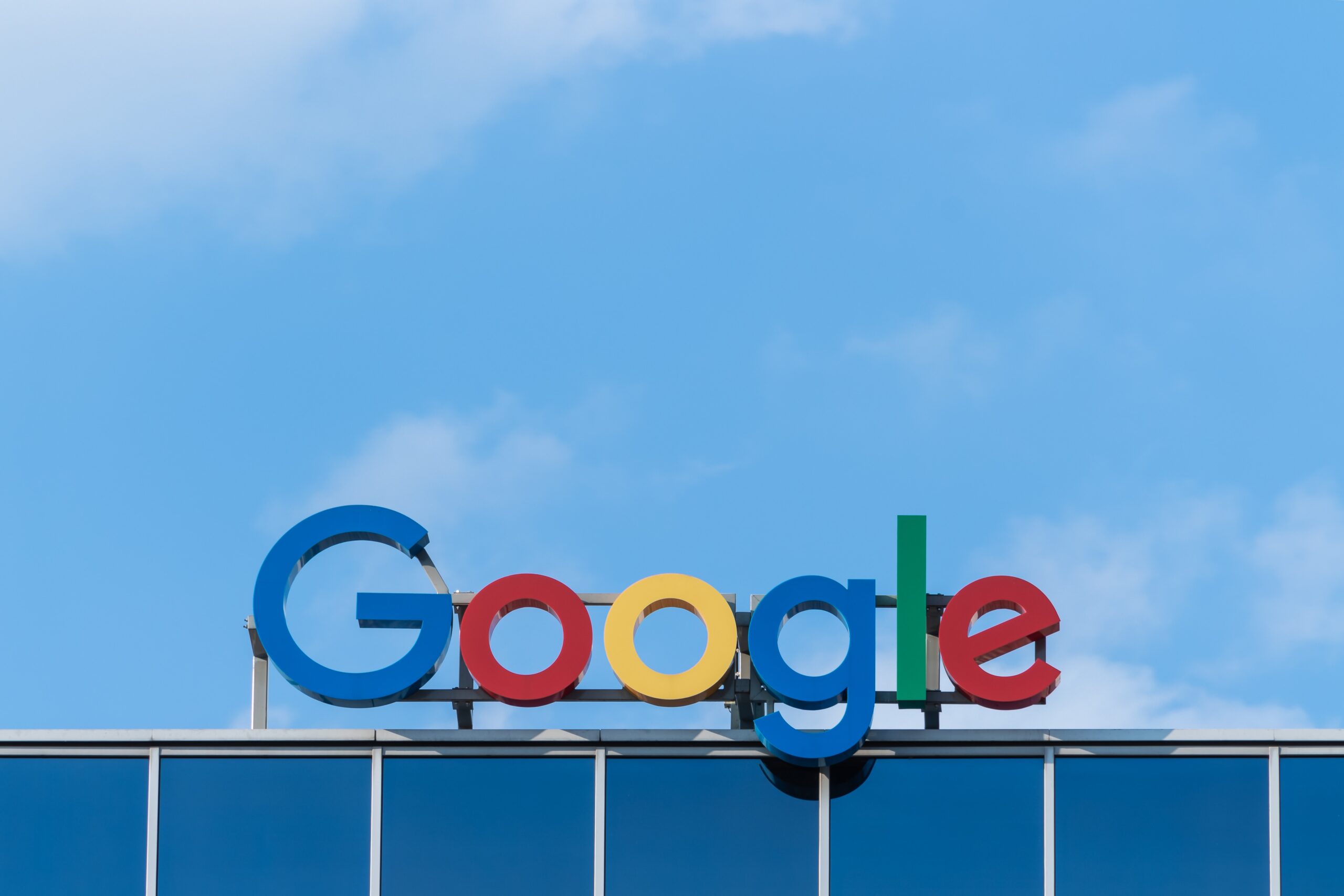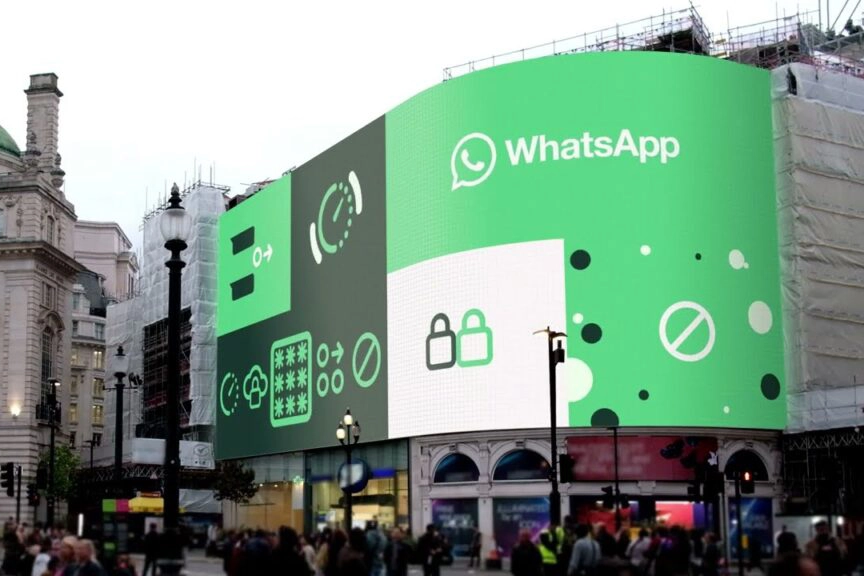Is In-Game Advertising The Future of Product Placement?
In the marketing and advertising industry, product placement has been a powerful tool for decades, which has allowed brands to place their products and logos into our favourite movies, TV shows, and even music videos. But as technology has shifted over the last decade with consumer habits also changing, product placement is beginning to emerge in other industries such as the gaming industry.
The In-game Advertising market worldwide is projected to witness a significant increase in revenue, reaching a staggering $109.60bn by 2024 - statista.com
What is product placement ?
Product placement is a common marketing technique which allows brands to pay to have their products or services featured prominently within various different forms of media, such as films, TV shows, video games, events or even music videos. Rather than being a directly advertised product, products are often subliminally integrated into the content, often as part of the storyline or background scenery or props. The goal of product placement is to expose audiences to the brand in a subtle and memorable way, leveraging the popularity and reach of the media platform being used, to increase brand visibility and influence consumer behaviour surrounding your product.

Understanding Product Placement: A Historical Insight
Product placement has been around for a long time with it dating back to the late 19th century when different brands began paying for their products to be featured in literature and plays which were the height of popularity at that time. However, it gained mainstream traction in the 20th century with the rise of digital devices such has TV’s, cinemas and even computers. From James Bond’s signature Aston Martin featured in every film, to Reese’s Pieces in the popular “E.T.” film and even many household brands like Coca Cola in the popular Breaking Bad series. As technology advanced further brands realised the potential of embedding themselves in popular culture through visual media and digital devices with modern day product placement taking place across all types of media’s, platforms and devices.

In-Game Advertising, Where Product Placement Thrives
Fast forward to the 21st century, and the gaming industry has become a dominant force in entertainment across all types of demographics, having surpassed both the film and music industries in terms of revenue. With immersive worlds and engaged audiences, video games provide a unique platform for product placement to flourish and can even be targeted to different demographics based on profile data available.

Burnout Paradise
1. Burnout Paradise – Billboards – The popular racing game in 2008 set the benchmark mark for in game advertising by featuring billboards, advertising real-world brands like Burger King and Obama’s presidential campaign which was carefully and seamlessly integrated into the gaming environment.

Metal Gear Solid
2. Metal Gear Solid – Sony Products – A popular gaming series which still continues today often features Sony products like the Sony Walkman in the past and Sony smartphones, reflecting the partnership between Konami (the game developer who creates the game) and Sony.
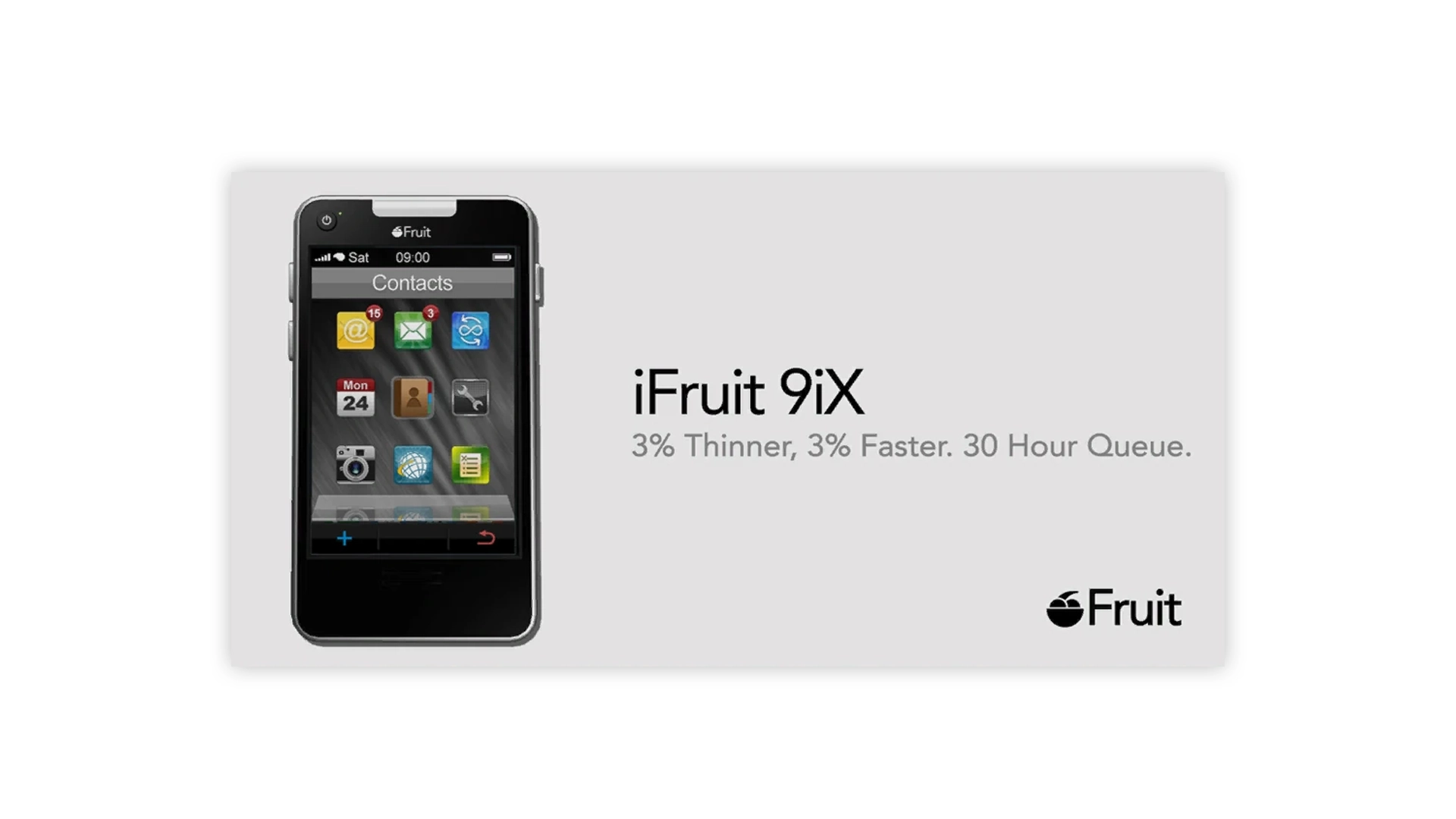
Grand Theft Auto
3. Grand Theft Auto” Series – In-Game Radio Stations – Grand Theft Auto is one of the most popular video gaming franchises of all time. Various iterations of the “Grand Theft Auto” series feature in-game radio stations sponsored by real-world brands such as Burger Shot (Burger King), Cluckin’ Bell(Taco Bell) , and has even mimicked Apple iPhone with GTAs iFruit Phone, offering humorous advertisements and recognition to real world brands.
These different in game advertising examples demonstrate how product placement can be effectively achieved by integrating products and advertisements into gaming experiences, enhancing realism while also serving as a form of marketing for real-world brands.
Global gaming market to reach 286.8 billion in 2025 - ESKIMI
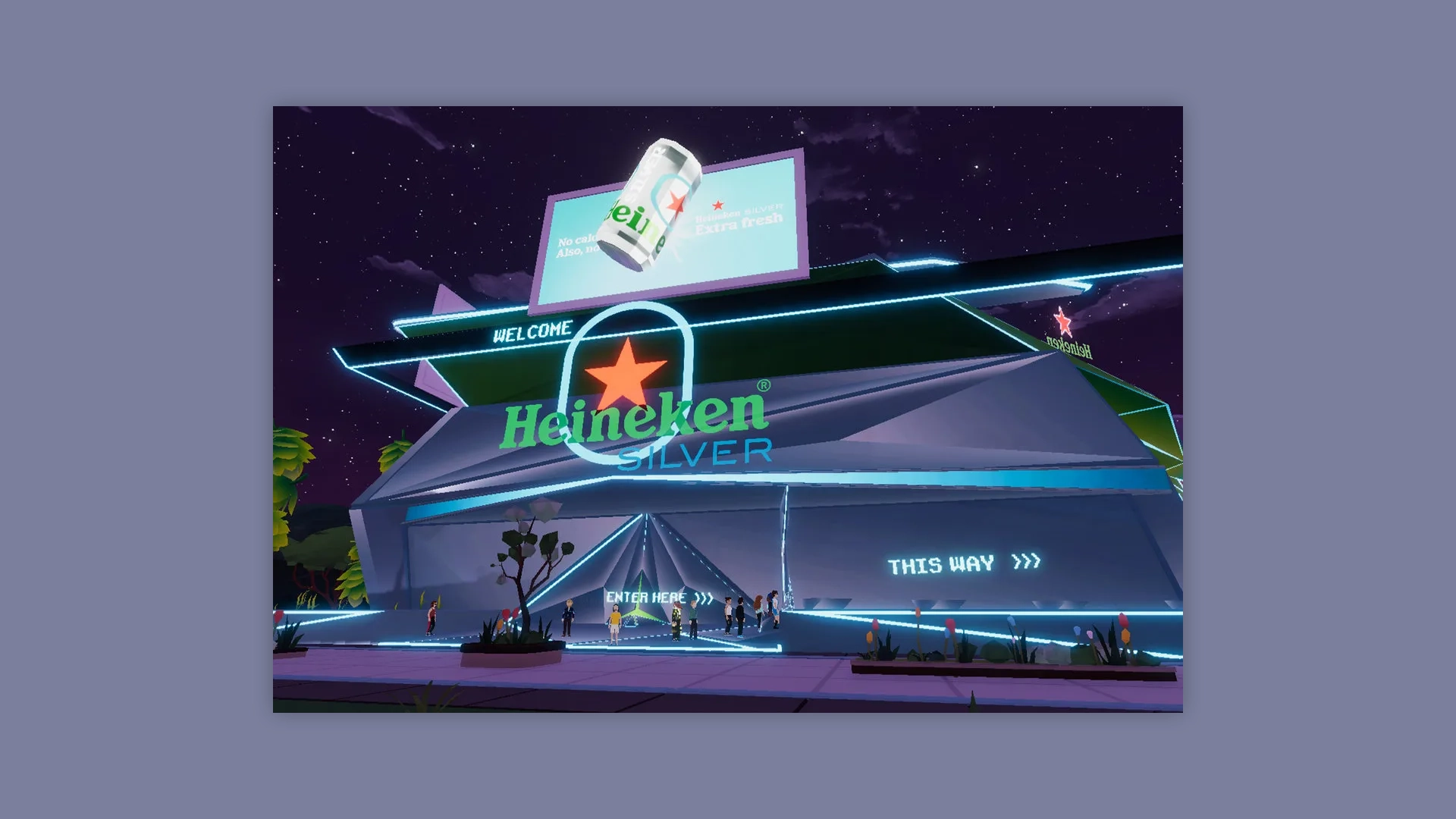
Trends in Gaming Advertising
In the gaming advertising world, several trends and innovations are being utilised by different brands worldwide. These trends are shaping the way in game advertising is conducted by moving forward and offering new opportunities for marketers to explore.
In-Game Advertising Platforms
Companies are beginning to develop and deploy sophisticated platforms that enable targeted advertising within games, allowing brands to reach specific demographics based on players’ behavior, preferences, and geographical location.
Virtual Events and Sponsorships
With the rise of esports and virtual gaming events like those featured in many Fortnight editions, brands are increasingly sponsoring gaming tournaments, competitions, and live streams, allowing them to tap into the large and engaged audiences within the gaming community.
Branded Content and Collaborations
Game developers now actively collaborate with brands and organisations to create custom in-game content, such as branded skins, items, or levels, providing immersive advertising experiences while enhancing gameplay. This has been seen across popular games like Fortnight with the use of branded skins and accessories.
Augmented Reality (AR) and Virtual Reality (VR)
AR and VR technologies are becoming increasingly popular amongst all audiences and as a result the VR and AR space is opening up new possibilities and opportunities for interactive and immersive advertising experiences within gaming environments, which allows brands to engage with players in new and innovative ways.
Influencer Marketing
Gaming influencers and content creators who utilise social media and other platforms continue to play a vital role in promoting brands and products to their audiences through sponsored content, product reviews, and endorsements within gameplay videos and streams. Popular YouTubers often promote gaming advertisements and help creators and developers reach new audiences.

Why Gaming?
Immersion: Unlike other more traditional forms of media, gamers actively interact with their environment and surrounding in a free roam type setting, making the integration of products feel natural and seamless. This has been achieved through using in game brands which mimic their real life counterparts.
Audience Engagement: Gamers spend countless hours exploring virtual landscapes and worlds while interacting with different aspects of the game, creating a vast range opportunities for brands to leave a lasting impression on gamers.
Diverse Demographics: The wider gaming audience spans across all types of age groups and demographics, with different games catering to different niches and audience segments, allowing brands to target specific consumers effectively.
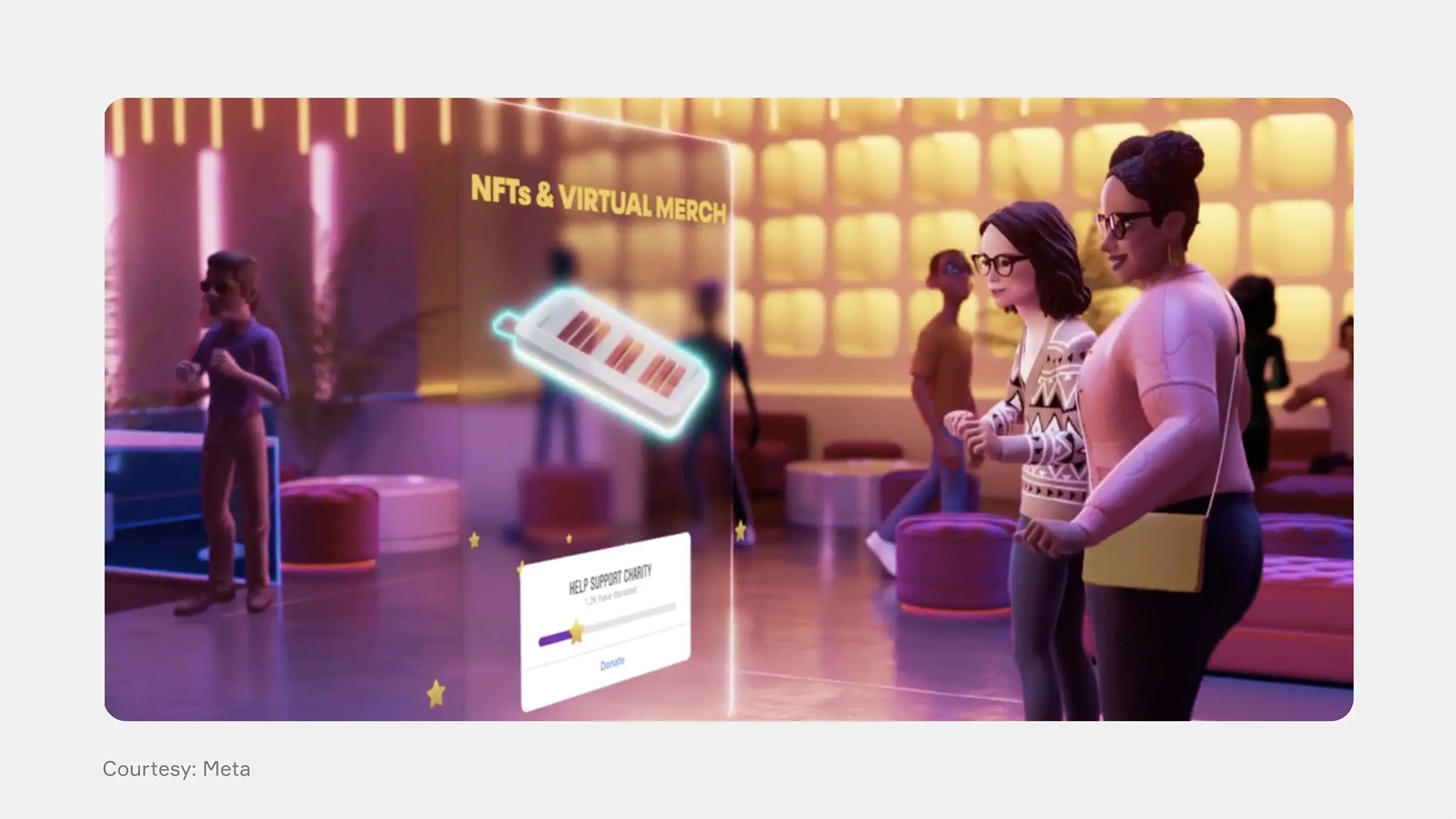
The Future of in game advertising
Enhanced Advertising Opportunities with VR and AR
As technology advances, virtual reality (VR) and augmented reality (AR) capabilities are opening new opportunities for brands to explore in gaming advertising. These platforms offer new and exciting ways to implement product placement such as walking through a virtual world like GTA and encountering billboards for real-world products or discovering branded items within the game environment itself for example in shops such as clothing stores.
The Emergence of the Metaverse
With the rise of the metaverse in recent years, which is a collective virtual shared space, created by the convergence of virtual reality (VR) and augmented reality (AR) predominantly created by Meta. This will allow brands access to a vast pool of users and audience types with in game advertising set to be the number one source of revenue across the platform. As users immerse themselves in these digital worlds such as the Metaverse, brands can establish a presence through virtual storefronts, sponsored events, and interactive experiences associated with their brand, blurring the lines between the physical and virtual realities.
Challenges and Considerations
While the gaming industry presents brands with immense potential for product placement to take place, it also presents unique challenges. Striking a balance between advertising and gameplay is crucial, attempting to avoid alienating players with over emphasising your brand over the gameplay. Additionally, brands should also consider ethical practices regarding the transparency of sponsored content in gaming, which must be addressed to maintain trust with consumers.
Moving forward...
As the gaming industry continues to evolve with new technologies and capabilities, so too will the ability for brands to enhance their product placement activities. Brands that utilise gaming and embrace this shift will be able to integrate their products into virtual worlds and stand to benefit from the high levels of audience engagement and brand exposure.
More interesting content...
Like this story? Share it on your social media...
For more of the latest content, why not subscribe to our mailing list...




